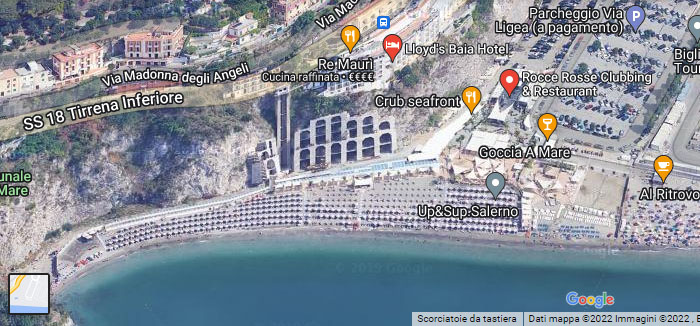FOLLOW US ON:
Vietri sul Mare
Small sea town, Vietri sul Mare is the first town of Amalfi Coast: its first pearl, situated in the most protected corner of the Gulf of Salerno.
The centre of the town, dominated by San Liberatore mountain, is on a terraced land towards the sea and is dominated by San Giovanni Battista Church, too. This church is the most important monument of the town, built in XVII century, with an elegant glazed dome.
Marina is a small hamlet, where people go during the weekends and on summer holidays. At its centre there is the tower built in XVI century against Saracen invasions.
The territory is crossed by Bonea River, and represents a point of connection between Lattari Mountains and the more inner Picentini Mountains. The landscape is variegated: for centuries the local natural vegetation and woods (chestnut groves, ilexes and copses) have been enriched by the cultivated lands. The most important products are grapevines and citruses.

The valley of Albori hamlet was declared the place of Pinguicola hirtifolia, an interesting carnivorous plant, very common in this area. Vietri sul Mare is very famous for its ceramics whose production dates back to XV century. Today this ceramics is very well known and appreciated also abroad.
CIN: IT065157A1FCN9FHHJ
History of Vietri sul Mare
Vietri sul Mare was inhabited by pirates and conquerors, and comes from the ancient Marcina, an Etrurian town mentioned in Strabone’s Geography. Maybe it was a commercial town, and was used as a port of call for Nuceria. The most recent archaeological finds refer to tombs with
ceramics objects of Corinthian style, the thermal bath of Marina and a Roman “murus reticolatum” at the extremity of Fonti, covered by the sea. The name of the place “Veteri” suggests the existence of an ancient town. This name was used during Longobard period to indicate the territory of Vietri, Marina and Molina. During XI century this territory was a part of Salerno, then it belonged to Cava de’ Tirreni until XIX century when in 1806 it became an independent municipality.
Monuments
San Giovanni Battista Church
San Giovanni Battista Church, with late-Renaissance facade, its dome is glazed. The church has an only nave with a Latin cross shape. In this church a Greek cross of XV century is kept
Santa Maria delle Grazie Church
Santa Maria delle Grazie Church, built in XVI century, inside there are paintings by Solimena school
Museum of ceramics
Museum of ceramics, in the tower of Guariglia House: there are documents about the production of ceramics since XVII century and of the German – Dutch period (1930s)
Beaches
Punta Fuenti
Rocky beach.
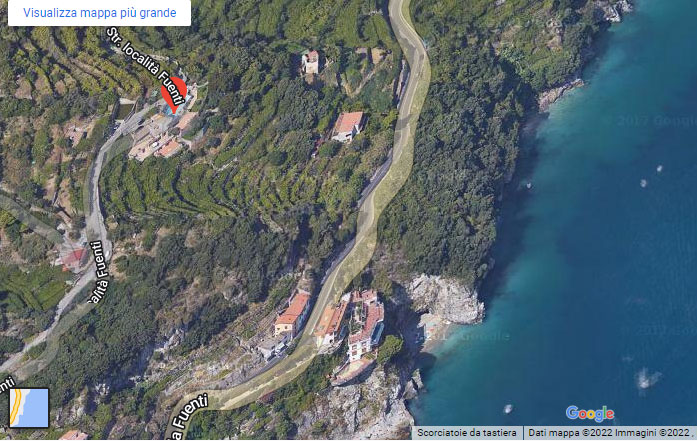
Marina d’Albori
Rocky beach.
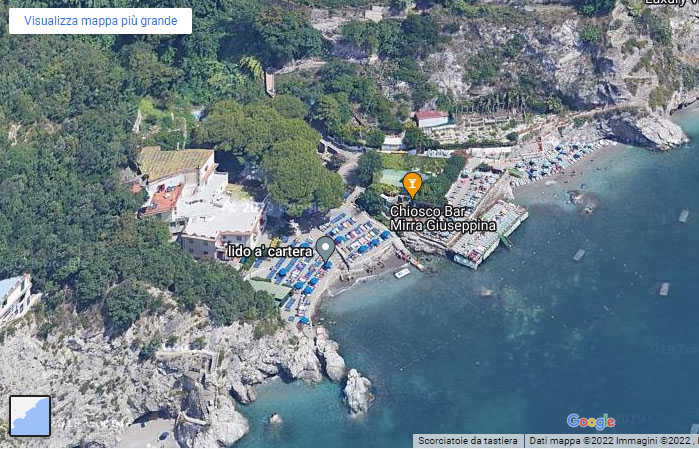
Marina di Vietri secondo Tratto
Sandy beach.
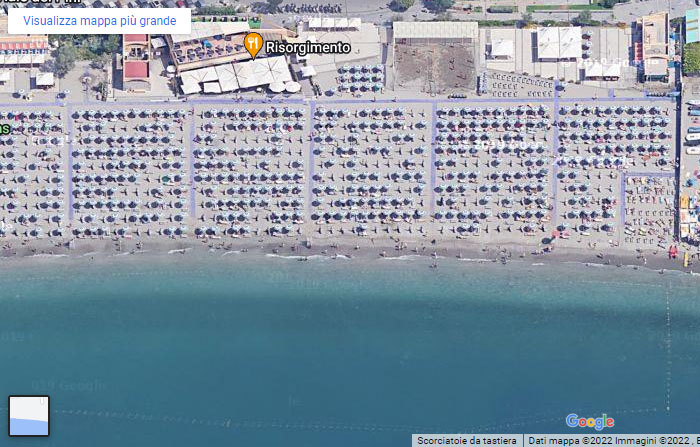
Marina di Vietri primo Tratto
Sandy beach.
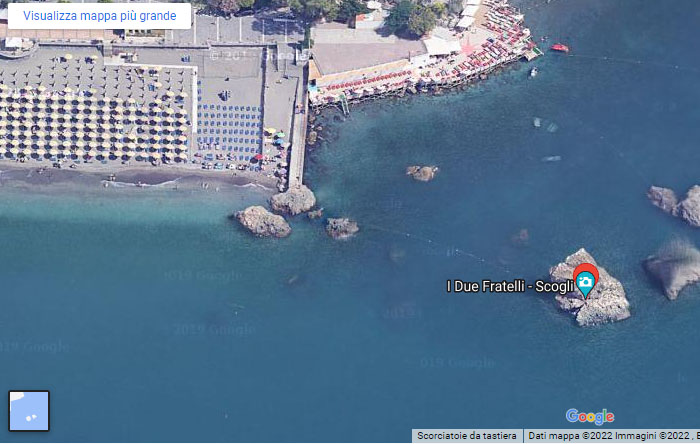
Spiaggia Crestarella
Sandy and rocky beach.
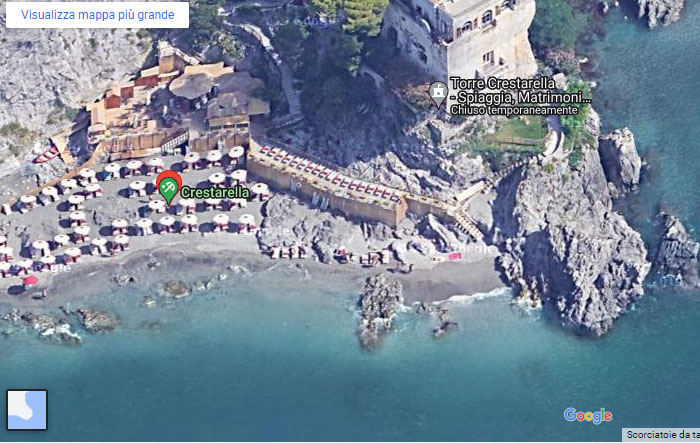
Spiaggia la Baia
Sandy and rocky beach.
